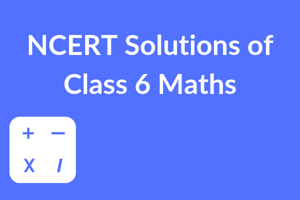Vedic maths is an old way of calculating faster and accurately using 16 formulas, also known as...
Playing by the Numbers
While some students are reasonably good at mathematics, many find it a complex subject. Finding the value of X may be interesting for a few but often a burden for many. Mathematics is a subject that is surrounded by various misconceptions, myths and other barriers that interfere in students’ performances and keep them from scoring well.
One may ask, why something which is deeply connected to our daily lives, be feared or considered the most dreaded subject ever. A subject, which is the basis of all sciences and is used multiple times in one’s routine, from the moment one gets up in the morning to when they go to sleep at night, one lives with and is surrounded by mathematics. As educators, it is important to address the issues, bust various myths surrounding the subject and make it more engaging and intriguing for students. Here are different myths that restrict learning opportunities for students, ways to wipe out inhibitions about mathematics and make the subject interesting.
The biggest myth is that success in mathematics only comes to those born as “math people” whereas fact is that mathematics pathways, like any other subject, develop in the brain through learning and practice. Improvement is needed on every level from teachers’ and students’ perspectives to teachers’ instructional practice. Another common misconception is that mathematics requires brilliance or raw intellectual talent. This myth has far-reaching consequences for many students’ success, especially girls and those coming from ethnic minority backgrounds, because minorities and women are often stereotyped as lacking brilliance. It must be highlighted that one of the most widely read books about mathematics comes from a woman named Shakuntala Devi, who belonged to a rural background. Another example is Raman Parimala, who is known for her contributions to algebra. A few other misconceptions include only some students can grasp high-level mathematics; one needs to be able to calculate fast; it requires a lot of memorisation, and that a student is intelligent only if he or she is math-smart.
Read Full Article Here – Playing by the Numbers
.png?width=100&height=100&name=Kapdec%20Logo%20(400px).png)


